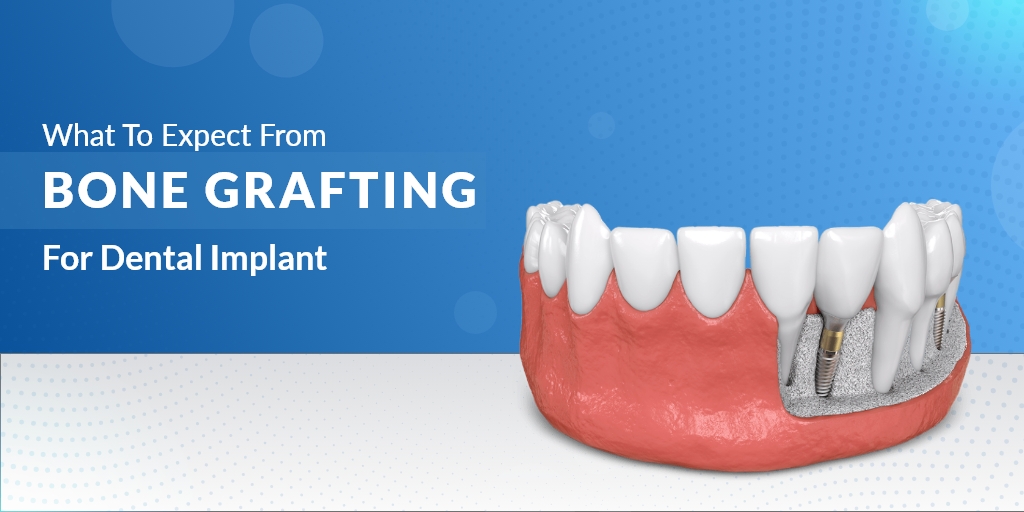You might have heard about dental implants, which are special replacements for teeth. They are put in your jawbone through surgery. But to make sure they work well, you need enough healthy bones. If you’re missing teeth, had gum problems before, or need a tooth taken out, the bone where the surgery happens might not be very strong. Sometimes, you will need to get a bone graft for dental implants. Basically, it means adding strong bone to your gums to support the implants better.
What Is a Dental Bone Graft?
A dental bone graft is a procedure that adds more bone to your jaw in places where you’ve lost some. This makes your jaw stronger. The material for the graft can come from your own body, or it can be bought from tissue banks. Sometimes, it might even come from animals. In rare cases, synthetic material can be used. This process helps improve your jaw’s health and strength.
How Does a Dental Bone Graft Work?
After the bone graft is put in, it creates a space where your body can fix things. Think of it like a scaffold that helps your own bone grow back. Sometimes, your dentist might use something called platelet-rich plasma (PRP) along with the bone graft. They get this from your blood and it helps your gums heal better and make new tissue.
What Happens After a Dental Bone Graft?
After a dental bone graft, you might experience pain, swelling, and bruising. Don’t worry, these are normal and should go away in a few days. If you feel uncomfortable, you can take pain relievers. Your dentist might also give you antibiotics to prevent infection. It’s important to take them exactly as the dentist tells you.
During the first few days, you might see tiny bits of bone coming out from the site. They could look like salt or sand grains. This is usually okay and nothing to be afraid of. Still, it’s a good idea to call your dentist to make sure your healing is on track.
How Painful Is a Dental Bone Graft?
When getting a dental bone graft without taking bone from your own body, it’s a minor procedure. In most situations, you’ll be given local anesthesia or intravenous sedation to make you relax during the procedure, so you won’t feel pain. After the procedure, you might have some pain, but it’s usually manageable with common pain relievers for a few days. Sometimes, stronger pain medicine might be needed. Depending on how much is being done, you might feel some discomfort for a few weeks as you heal.
In the situation when the dentist uses your own bone material, like from your hip and jaw, the recovery can be more painful since two places are involved in the surgery. However, only a small amount of bone will be taken, so the discomfort time shouldn’t be too long.
Dental bone grafts are done to prevent future health issues linked to tooth loss and gum problems. They also provide enough bone for dental implants to work well. This is a common and usually safe procedure, even though there are risks of complications.
Are you considering a dental implant? Were you told implants aren’t possible because you need a bone graft? Are you looking for a friendly dental clinic for your bone grafts and dental implant? Book a virtual consultation with LA Dental Clinic today.
